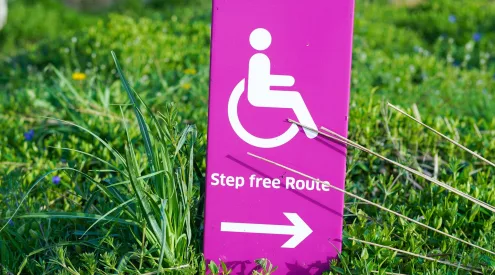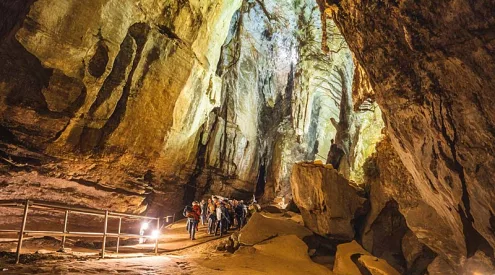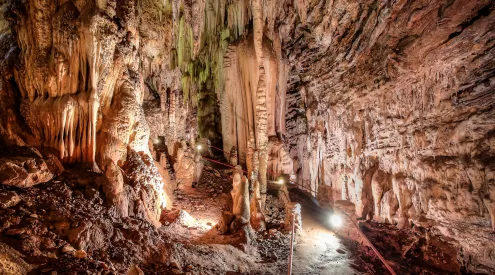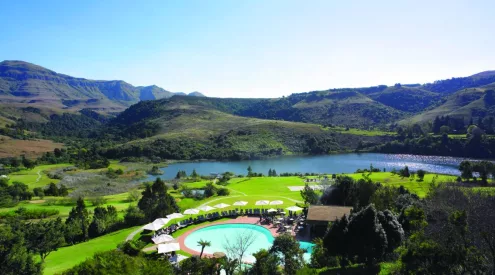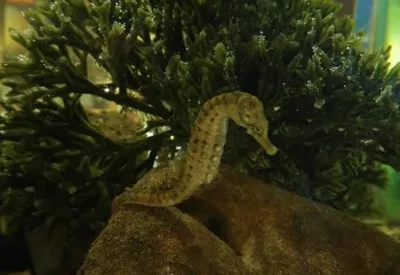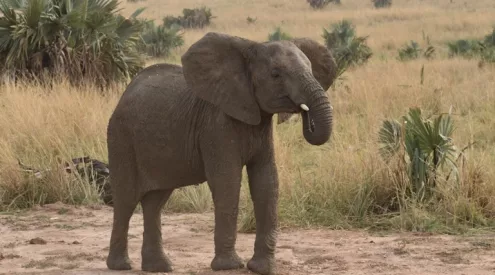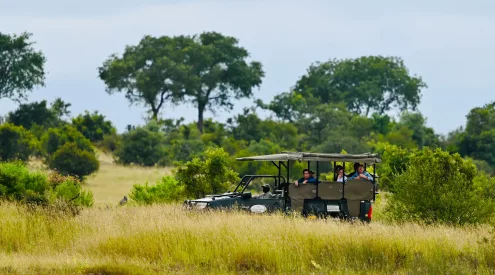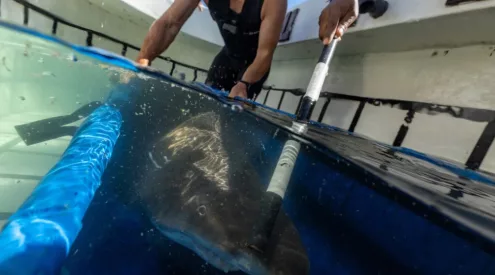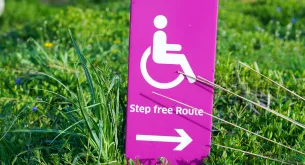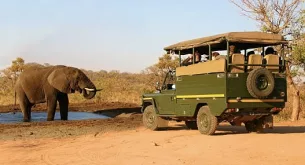Before rat poison kills a rat, it weakens it and slows it down – making poisoned rats easy prey for predatory birds. When birds of prey such as eagles or owls eat these rats, they become seriously ill and often die.

This Jackal buzzard has been taken into the JWVH twice this year after suffering from rodenticide toxicity.
A jackal buzzard was recently brought to the Johannesburg Wildlife Veterinary Hospital (JWVH) for the second time this year after suffering from rodenticide toxicity.
The buzzard was anaemic, and had to receive a blood transfusion from a chicken (chickens are universal donors for avian species) and will remain under veterinary care for 21-28 days. The bird was initially bought into the care of the JWVH in March, where it was severely dehydrated and placed directly onto a drip – also suffering from rodenticide toxicity. It gained 500g in their care and was released back into the wild.
Toxins tend to accumulate higher up in the food chain. Predators in wild environments are particularly exposed to these substances that are used to control certain ‘pest’ species such as rodents and insects.
Earlier this year, a study by The Urban Caracal Project revealed that Cape Town’s caracals have a ‘toxic relationship’ with the city, which has exposed them to a plethora of harmful chemicals.

Cape Town’s Caracals were found to have high levels of rodenticide toxicity, a study by the Urban Caracal Project revealed, Picture: Luke Nelson
‘This is a deeply sad situation for us, as we are aware that there is a possibility that he might be poisoned again in future,’ the JWVH said in a social media post.
‘It is best for him to be returned to his original territory once again because even if we tried to release him somewhere else, he will try to get back to that same area no matter what.’

The JWVH reiterated that there is no such thing as a safe poison, and that secondary poisoning is a common occurrence.
Pictures: Johannesburg Wildlife Veterinary Hospital/ Dr K & Sarah Kempen
ALSO READ: SA’s sandfish on the brink of extinction but farmers coming to the rescue

